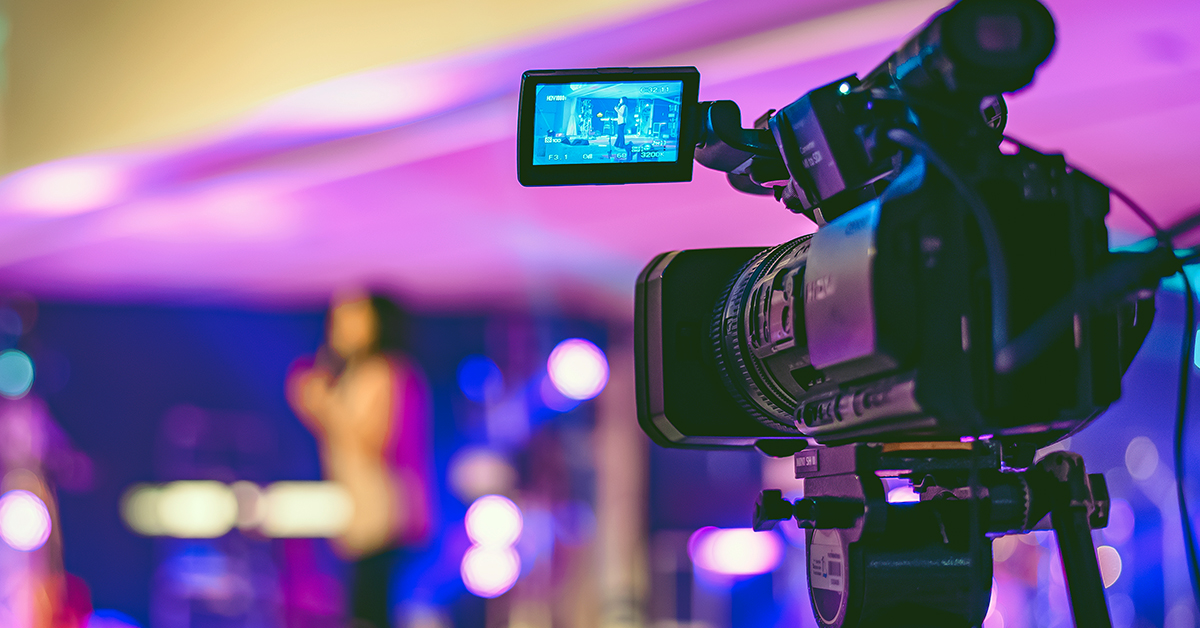Live streaming services have become a crucial component of our online experience in the current digital age. Live streaming has changed the way we connect and communicate, whether you are an individual sharing your daily life, a company promoting products, or an organization hosting webinars. In this analysis of live streaming services, we will delve into the world of webcasting and broadcasting services, focusing on well-known websites like YouTube, Facebook, and Instagram.
Live Streaming Services: A Changing Engagement
Online real-time broadcasting of audio and video content is made possible by live streaming services. By allowing users to reach global audiences without the need for costly production and distribution, the technology of this kind has disrupted traditional media. Live streaming services have greatly increased in popularity over the past few years, particularly in the webcasting and broadcasting industries.
Webcast Services: Nurturing Interactivity
Webcast services are tailored for interactive online events, presentations, and webinars. These services empower businesses and organizations to engage with their audience in a real-time, immersive environment. Key features of webcast services include:
1. High-Quality Streaming: Webcast platforms prioritize high-quality audio and video streaming, ensuring a seamless viewer experience.
2. Audience Interaction: Webinars and online events often include features for audience interaction, such as live Q&A sessions, polls, and chat functionality.
3. Analytics: Robust analytics tools provide valuable insights into viewer engagement, helping organizers refine their content and strategies.
4. Archiving: Many webcast services offer the option to archive live content for on-demand access, extending the reach of your message beyond the live event.
Popular webcast platforms include Zoom Webinar, GoToWebinar, and Microsoft Teams, offering versatile solutions for businesses, educators, and content creators.
Broadcasting Services: Reaching Mass Audiences
On the other hand, broadcasting services are designed for large-scale audience reach and encompass a wide spectrum of content types. The most notable broadcasting platforms include YouTube, Facebook, and Instagram, each offering its own unique strengths:
1. YouTube Live Streaming Services
YouTube Live is a powerhouse for content creators and organizations alike. With its global reach and integration with YouTube’s vast ecosystem, it’s an ideal platform for live events, product launches, and entertainment broadcasts. YouTube Live offers monetization options, allowing creators to earn income from their live streams.
2. Facebook Live Streaming Services
Facebook Live empowers individuals, brands, and organizations to connect with their Facebook audience in real-time. It’s an effective tool for sharing behind-the-scenes content, conducting interviews, and promoting causes. Facebook Live also provides post-stream analytics to gauge performance.
3. Instagram Live Streaming Services
Instagram Live is synonymous with spontaneous, authentic engagement. It’s perfect for influencers and businesses looking to connect with their Instagram followers instantly. Live streams can be saved as Stories, extending their lifespan beyond the live session.
The Power of Live Streaming for Businesses
For businesses, live streaming services offer a plethora of advantages:
1. Global Reach: Live streaming enables businesses to reach a global audience, breaking down geographical barriers and expanding their market reach.
2. Cost-Effective Marketing: Live streaming is a more affordable option for marketing goods, services, and events than traditional advertising. Real-time interaction and feedback are also possible.
3. Authenticity and Transparency: Live streaming showcases the human side of businesses, allowing them to connect with customers on a personal level. Authenticity and transparency build trust.
4. Data-Driven Insights: Live streaming platforms provide valuable data and analytics, helping businesses refine their marketing strategies and content.
5. Increased Engagement: Live streams drive higher engagement levels than pre-recorded content. Live Q&A sessions, polls, and interactive features keep audiences engaged.
Challenges and Considerations
While live streaming services offer incredible opportunities, they also come with their share of challenges:
1. Technical Glitches: Poor internet connectivity or technical issues can disrupt live streams. It’s essential to have contingency plans in place.
2. Audience Expectations: Live viewers expect real-time engagement. Ignoring audience comments or questions can lead to dissatisfaction.
3. Content Quality: Maintaining high-quality audio and video is crucial. Low-quality production can deter viewers.
4. Monetization Strategies: While platforms like YouTube offer monetization options, it can be challenging to generate significant revenue solely from live streams.
5. Legal and Copyright Issues: Using copyrighted material without authorization can lead to legal issues.
Conclusion
With live streaming, we are able to connect, communicate, and consume content in a whole new way. Whether you use interactive webcast services or broadcast to a global audience on platforms like YouTube, Facebook, and Instagram, live streaming is a dynamic tool with limitless potential. Live streaming has a lot of potential, but it also comes with a lot of challenges that businesses and content producers must overcome. In an increasingly digital world, the ability to engage with audiences in real-time has become an indispensable aspect of modern communication. I hope you learned something. Thank you for reading!

